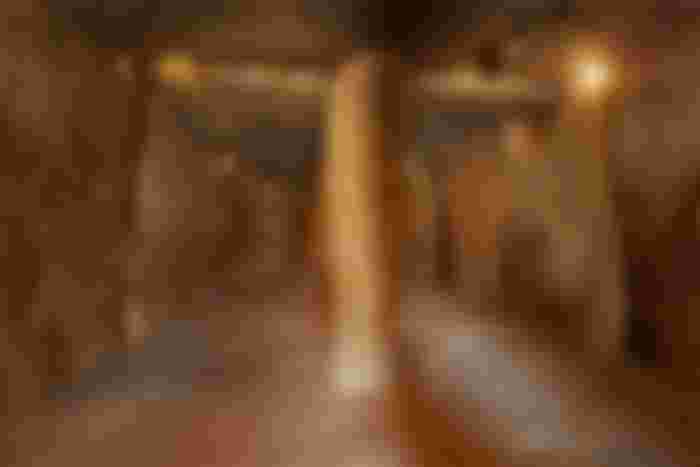A mysterious tomb in Spain
Antequera is located 50 km from Malaga, on the outskirts of the city are the three most important megalithic tombs, namely Viera, El Romerall and Tomb of Menga.
The archaeological Dolmen Antequera, combining three buildings Menga, Viera and El Romeral in the province of Malaga, is considered one of the best and most famous representatives among European megaliths. By themselves, megaliths are early forms of monumental architecture in European prehistory, developing, according to currently available data, from the beginning of the 5th millennium BC, in the Neolithic era, about 6,500 years ago. The appearance of megalithic monumental architecture in Western Europe is closely related to the first community of farmers and ranchers. Scientists believe they used them to establish the existence and mark the ideological roots of society on Earth. Megaliths were used as burial chambers, temples, ceremonial sites and places for reconciliation ceremonies, often associated with the fertility of nature and ancestral worship. The first builders of megalithic monuments began with rural communities that emerged in the fertile Guadalhorce valley. Near the necropolis found several settlements from the Neolithic and Bronze Ages, such as the caves or Ox Hill Ox. But it is unlikely that any of these communities, consisting of more than a few dozen people, could individually perform the difficult task of building huge megalithic monuments. Most likely, this task requires close cooperation between many communities that share common religious codes and general concepts of tribe or clan. Dolmens are almost always covered with rocks or earth, forming hills. But in the past millennia, these artificial hills collapsed, and today you can see the design of the frame itself. So far, they haven't said why Dolmens was built. For one of the most common explanations, they include the one who says that their main goal is a mound or altar. As early as 1886, the Dolmen de Menga was declared a national monument in 1923 - de Viera. A spike El Romeral has belonged to the National Archaeological Art Heritage since 1926. In 1931, it was declared a historical and artistic monument. Recently, Decree No. 25 of January 27, 2009, the Archaeological Site of Antequera with Dolmens was included in the General Catalog of the Andalusian Historical Heritage of Cultural Interests, and the Archaeological Area. The control of this territory since 1986 has been handled by an administrative group of the Ministry of Culture, known as the 'Archaeological Dolmen Antequera'. Description All three Dolmens located near Antequera, were built and located in different time periods. century, but is officially listed as an archaeological site in the XIX century.scientists, after which it was named Menga.It was built sometime in the Copper Age, in 3800 BC Dolmen Viera was found by Spanish archaeologists Jose Antonio Viera, in whose honor it was named , in 1905. Its origin also dates back to the Copper Age, somewhere between 4000 BC, and the youngest dolmen El Romeral, built in 2000 BC, were discovered by brothers.


Interesting and I like this article